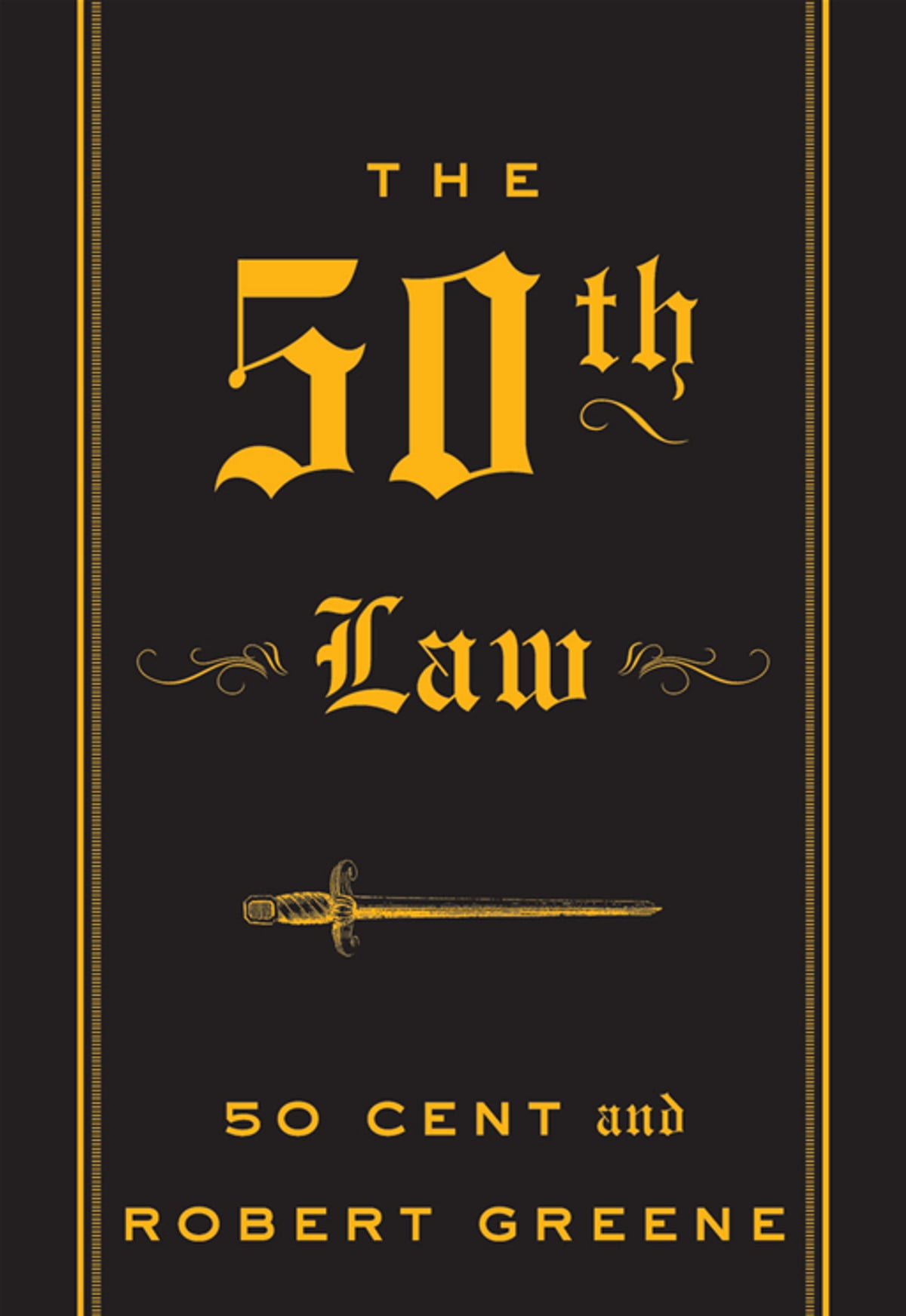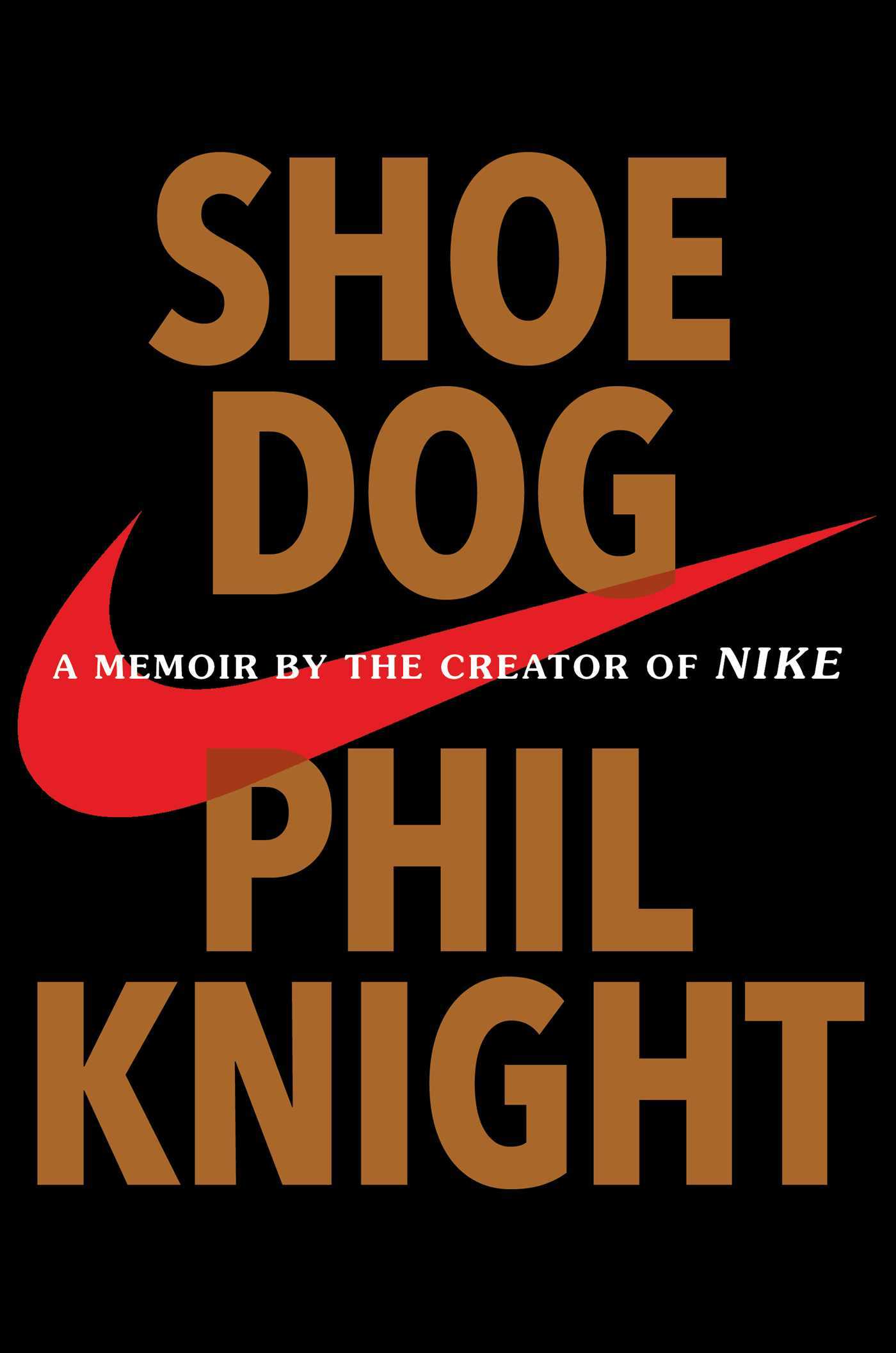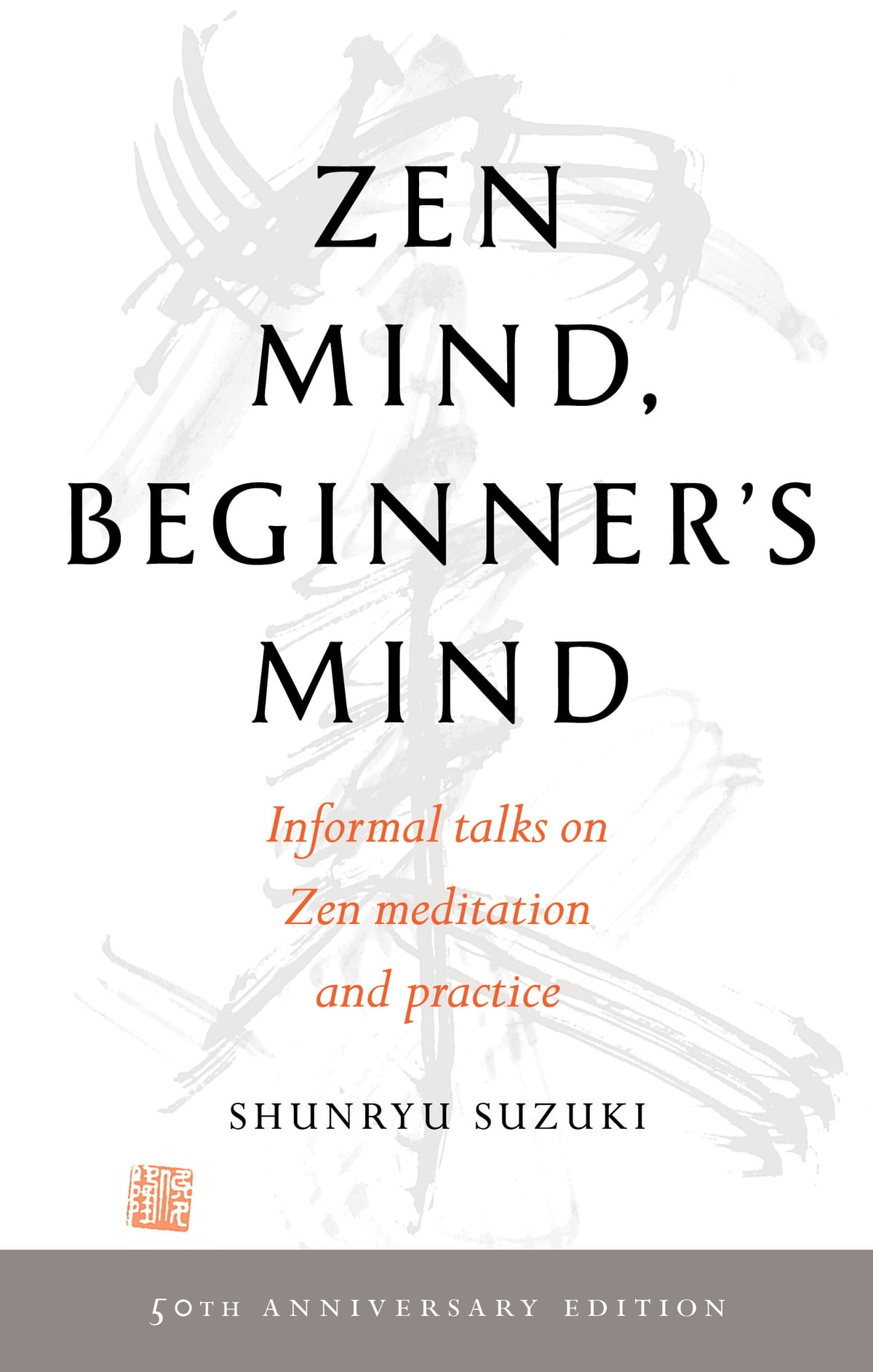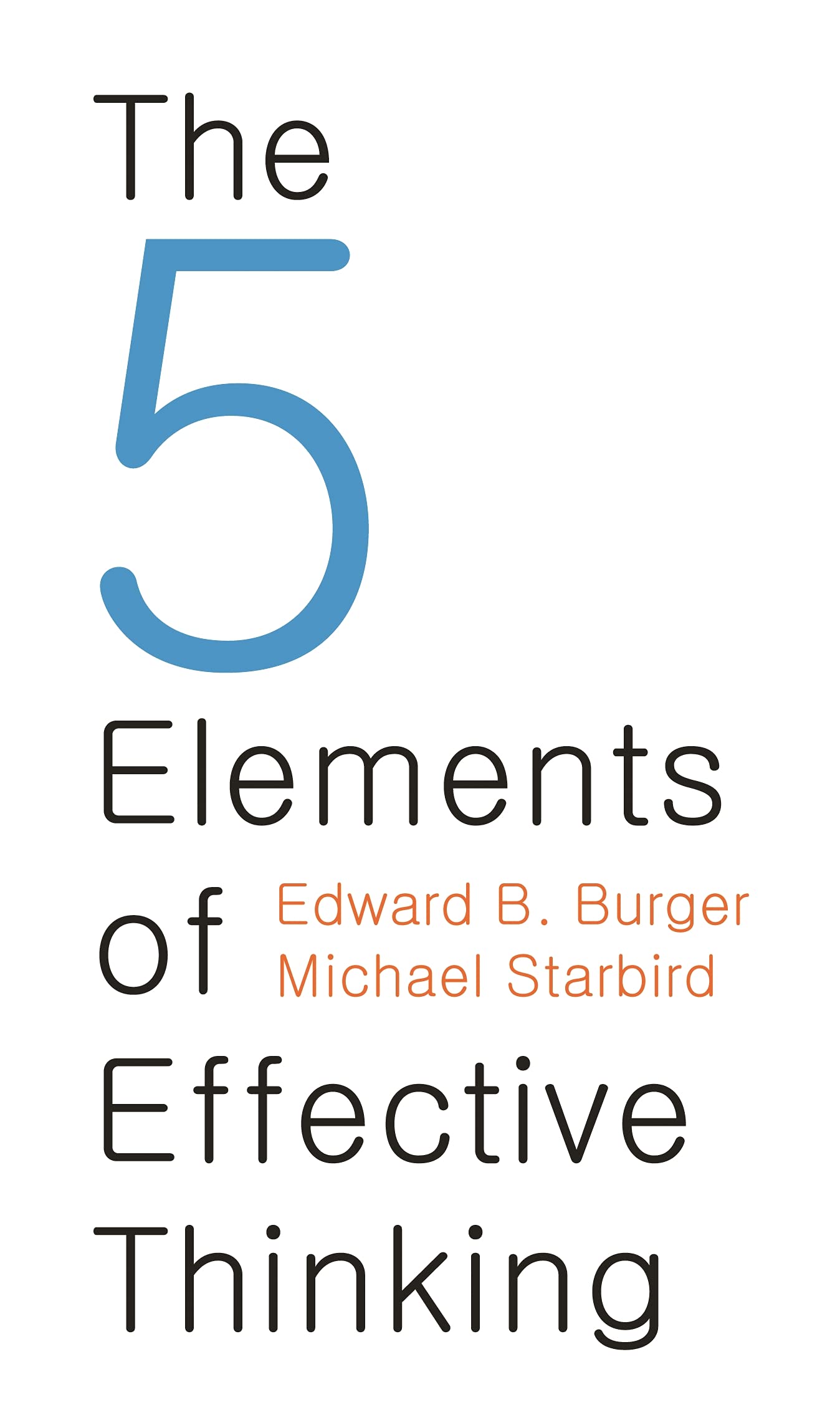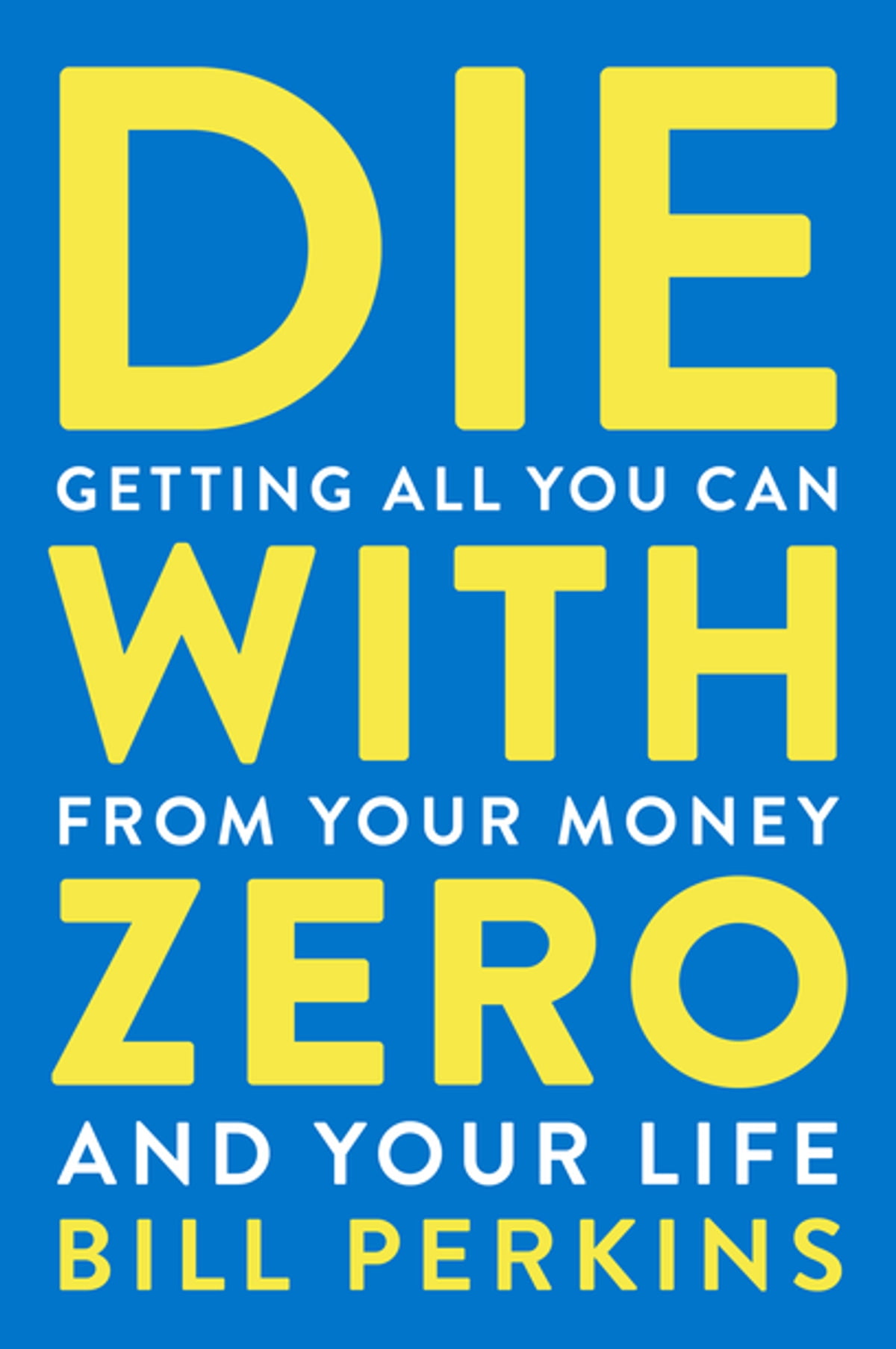The Art of Possibility
by
- Personal Development
- Ashto =
- Jonesy =
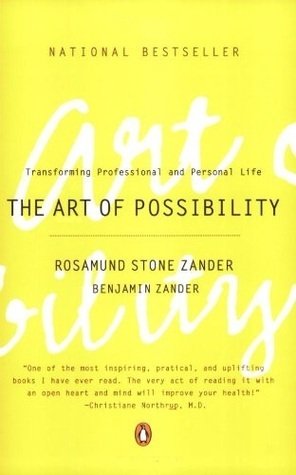
What You Will Learn from The Art of Possibility
This week, Ashto and Jonesy learn twelve breakthrough practices for bringing creativity into their daily lives. The Art of Possibility addresses the notion of possibility and its power in various aspects of life. Written by music conductor Benjamin Zander and psychotherapist Rosamund Stone Zander, this book combines Benjamin’s talent as a teacher and communicator and Rosamund’s brilliance in creating innovative paradigms for achieving personal and professional fulfillment. Through stories, parables, and personal anecdotes, The Art of Possibility encourages us to discover passion and purpose in the way we lead, communicate, and perform, creating even more possibilities in the world.
It’s All Invented
A shoe factory sends two marketing scouts to Africa to study the prospects for expanding business. One sends back a telegram saying: “SITUATION HOPELESS. NO ONE WEARS SHOES.” The other writes back, triumphantly: “GLORIOUS BUSINESS OPPORTUNITY. THEY HAVE NO SHOES. To the marketing expert who sees no shoes, all the evidence points to hopelessness, but the other sees abundance and possibility. Each scout comes to the scene with their own perspective – each returns telling a different tale.
The roots of this phenomenon go much deeper than just attitude and personality. Experiments in neuroscience have demonstrated that we reach an understanding of the world in roughly this sequence:
- Our senses bring us selective information about what is out there
- The brain constructs its own simulation of the sensations
- Only then do we have our first conscious experience of our milieu
Our consciousness perceives the world through pre-existing maps, stories, and constructions, limiting our awareness to programmed sensations and recognition of familiar patterns. We create narratives and reasons for our actions – often based on cause-and-effect logic – even if they don’t accurately reflect our true motivations. Studies of brain lesions show how our mind invents reasons for our behavior. In light of these phenomena, we can say “It’s all invented.” But what we mean is: “It’s all invented anyway, so we might as well invent a story or a framework of meaning that enhances our quality of life and the life of those around us.”
Going Out of the Box
Remember the brainteaser you would’ve done when you were a kid. There are nine dots in the middle of a sheet of paper, and your job is to connect all dots with four lines, without lifting your pen off the paper.
Most people try to do it within the imaginary box that their brain creates around the dots, assuming that the outer dots form the boundaries of the puzzle. However, there is no explicit box in the instructions; it’s our mind that invented the box. This illustrates how the human mind sorts data into categories to perceive it. Our brains instantly classify the nine dots as a two-dimensional square, leaving no further possibility. Our brain often invents perceived constraints, which can limit our ability to find solutions.
Every problem, every dilemma, and every dead end we face in life only appears insolvable inside a particular frame or point of view. Enlarge the box or create another frame around the data, so the problems vanish while new opportunities appear. A simple way to practice “it’s all invented” is to ask yourself the question: “What assumptions am I making, that I’m not aware I’m making, that gives me what I see?” When you have an answer to that question, ask yourself this one: “What might I now invent, that I haven’t yet invented, that would give me other choices?” Then you can invent spaces, like the paper surrounding the nine dots, where four lines can replace the work of five lines.
Stepping Into a Universe of Possibility
Once you start recognising that much of what we perceive and believe is a product of our own thoughts and interpretations, you can create a mental space where new ideas and possibilities are constantly being explored and developed. We can call this place “the universe of possibility”, and we can step into it any time we choose.
The world of measurement
Our world can be referred to as the “World of Measurement”. We live our lives according to assessments, standards, and comparisons in our pursuit of success. The hidden assumption is that life is about survival and competition for limited resources. In the World of Measurement, we’re always competing to get more than the rest, to be better, and to have more than those around us.
The universe of possibility
What if we step out of the daily struggle for survival and stop assuming scarcity? What if we enter a Universe of Possibility with an open mind and imagination? Instead of competition and winning, we focus on generative actions that create new life and ideas, and contribute to others. In the World of Measurement, we set a goal and work towards it. In the Universe of Possibility, we set the context and let life unfold; we learn by creating new opportunities and possibilities.
To shift to a universe of possibility, you need to uncover the hidden framework of the measurement world. First, ask yourself: “How are my thoughts and actions, in this moment, reflections of the measurement world?” Notice how your thoughts and actions reflect the ideas of scarcity, competition, and comparison. Keep asking yourself this until you realise the futility of trying to escape these assumptions. Then, you can laugh at how the world operates and no longer think or act in this way.
Becoming a chessboard
In this new practice, you define yourself as the board of the game of life, not just as a chess piece or strategist. This gives you the power to transform your experience of unwanted conditions. When you identify as a single chess piece, you can only react, complain, or resist. But as the board, you can turn your attention to what you want to see happen and integrate everything, even the challenging moves.
Instead of identifying with a chess piece or a strategist, you focus on the context in which life occurs. You transform your experience of any unwanted condition by bringing everything you have been resisting into the fold. You ask yourself how the unwanted circumstances got on the board, and you reflect on your own contributions to the situation. By removing abstractions and focusing on real things, you can draw conclusions that give you the leverage to make a difference. This approach allows you to make room for all circumstances and to accept things as they are.
Imagine a scenario: a car waits peacefully at a red light; another car barrels up behind and smashes into its rear. The driver of the second car turns out to be intoxicated and unlicensed. So, who is at fault? According to the law, there is no doubt: the drunken driver is 100% at fault. While the law may assign 100% fault to the drunk driver, taking responsibility for the situation allows for a wider framework and a sense of power to steer the situation in a different direction. Being responsible means recognising that driving is a risky activity and that we choose to take on that risk every time we get into a car. It is about owning what happens in our sphere of consciousness and choice, rather than assigning blame to others.
The practice
So the first part of the practice is to declare: “I am the framework for everything that happens in my life.” Here is another way of saying it: “If I cannot be present without resistance to the way things are and act effectively if I feel myself to be wronged, a loser, or a victim, I will tell myself that some assumption I have made is the source of my difficulty.”
The practice is about taking responsibility for everything that happens in your life. You become the framework for everything that happens, and if you feel wronged or like a victim, it’s because of an assumption you’ve made. This approach allows you to quickly get back on track with your larger purpose, rather than being derailed for a length of time. Grace comes from owning the risks you take in a world that is mostly out of your control. While fault and blame play an important role in the legal sphere, the focus here is on accessing possibility and being free to choose again by taking responsibility.
The Conclusion of The Art of Possibility: Making a Positive Contribution
The Art of Possibility emphasises the importance of contribution and possibility thinking. This book suggests that life isn’t just about achieving measurable success, but also about making a positive contribution to the world.
When you play the contribution game, it is never a single individual who is transformed. This approach transforms scarcity into abundance and opens doors for others and oneself. The contribution game appears to have remarkable powers for transforming conflicts into rewarding experiences.
Stepping out of the world of measurement – full of competition and comparison – and stepping into the universe of possibility is a choice for a completely different outlook on life. And it’s a choice you can make right now. Consider reading The Art of Possibility to explore this concept further and unlock your full potential.

